iPhone 14 Pro camera: 7 things it needs to retain its crown
Our camera wishlist for the iPhone 14 Pro and Pro Max
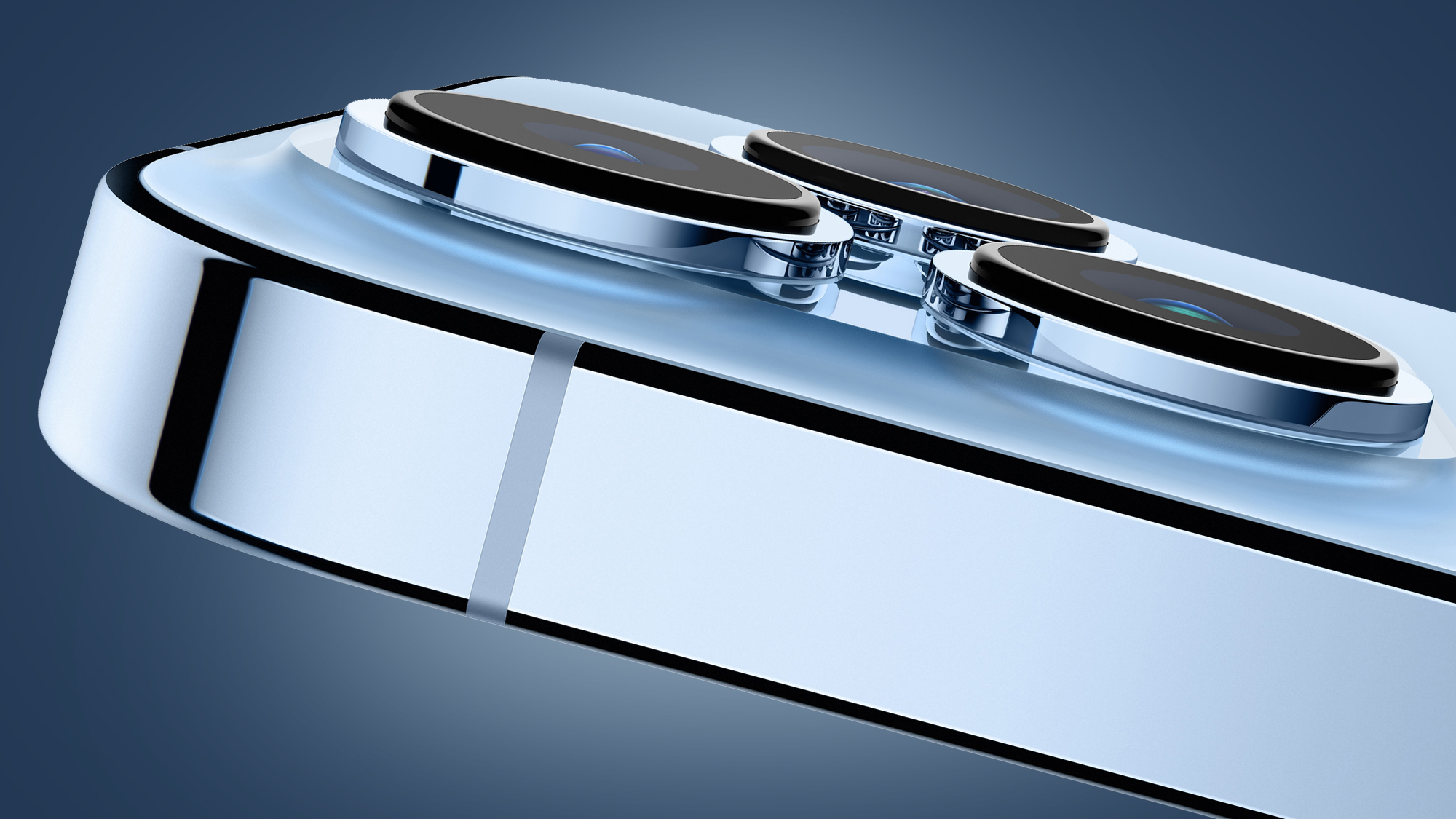
The iPhone 14 Pro and Pro Max are expected to be Apple's new flagship smartphones when they launch on September 7. And their most hyped feature is once again the camera system, which has been tipped to be a big jump up from the iPhone 13 Pro.
Apple's current 'Pro' series have clung onto the top spot in our guide to the best camera phones, but their lead is by no means unassailable. Some fierce competition from the Samsung Galaxy S22 Ultra, Google Pixel 6 Pro, and China-only Xiaomi 12s Ultra is pushing them hard. The iPhone 14 Pro range needs some good upgrades if it's to retain its title.
Last year, the iPhone 13 Pro and Pro Max got a big photographic boost. Alongside a new 'Cinematic mode', which brought 'Portrait mode' effects to video, the phones received a useful macro mode, some 'Photographic Styles' for creating color presets, and the addition of 'Night mode' across all three cameras.
How will the iPhone 14 Pro series compete with that? So far, the rumors have strongly hinted at the technical improvements that are in the pipeline. These include a jump up to 48MP resolution (from the current 12MP), an improved ultra-wide camera with larger pixels, and the addition of autofocus to the front selfie camera.
But the iPhone 14 Pro and Max will need more than that if they're to fend off the many challengers for their camera phone title over the next year. We've put together a wishlist of the features we're looking to see from Apple's next flagship phones. There will no doubt be surprises during the iPhone 14 launch, but if we get most of these, we'll be very happy snappers indeed...
1. A next-gen 'Cinematic mode'
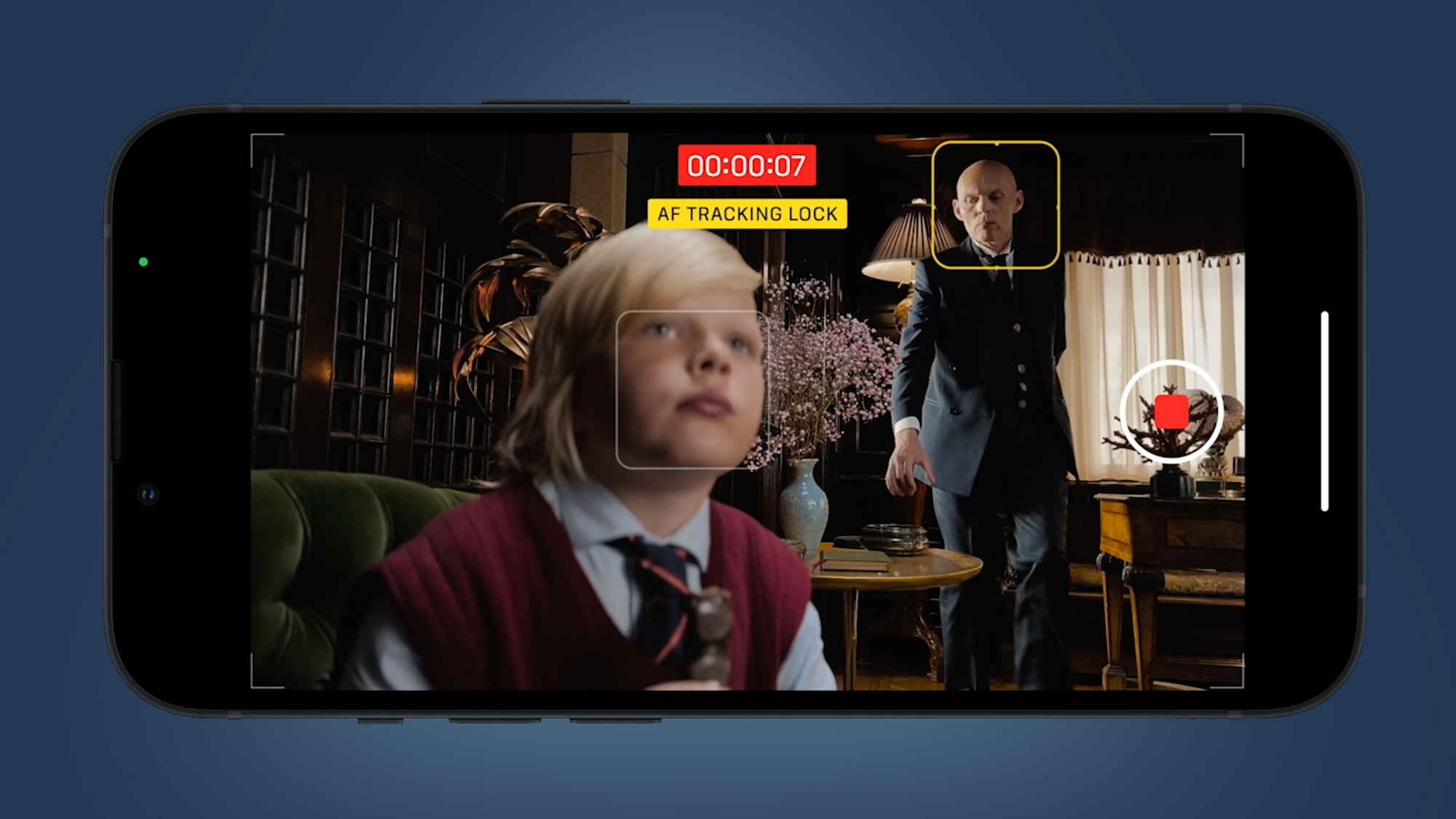
The biggest iPhone upgrade for video shooters last year was 'Cinematic mode'. This brought the artificial bokeh (or background blur) you see in 'portrait mode' photos to video for the first time. And it worked... kind of.
While it's certainly a fun effect to dabble with, 'Cinematic mode' has some limitations, including the fact that it's limited to shooting in 1080/30p. We'd like to see the option of 4K resolution (if the A16 processor can handle it), plus alternative frame rates like the famously cinematic 24fps.
Get daily insight, inspiration and deals in your inbox
Sign up for breaking news, reviews, opinion, top tech deals, and more.
If 'Cinematic mode' can also improve the accuracy of its edge detection, particularly for fast-moving subjects and in low light, it could make the jump from novelty to a reliable vlogging tool. The best YouTube cameras could even be shifting uneasily in the director's chairs.
2. Better hybrid zoom

The iPhone 13 Pro's biggest weakness compared to its rivals are its zoom powers. We're fans of its telephoto camera, which gives you a lovely 77mm equivalent focal length for portraits, even in the evening, thanks to Night mode. It could do with some extra reach to make it a truly versatile travel companion, though.
The most obvious solution – a 'periscope' lens that uses folded optics to pack optical zoom into a smartphone's body – seemingly won't be coming until the iPhone 15 Pro next year. But that doesn't mean we wouldn't like to see this year's flagships close the gap to the Samsung Galaxy S22 Ultra with some improved 'hybrid' zoom.
'Hybrid' zoom is a combination of optical and digital zoom. Traditionally, digital zooms simply cropped into a single image, and the results were predictably rubbish. But techniques pioneered by the Google Pixel 3 can now combine information from multiple frames to give telephoto lenses an impressive helping hand. iPhones already do this, but jumping to a 48MP sensor should improve the hybrid zoom on Apple's new flagships considerably.
3. Useful 8K video tricks
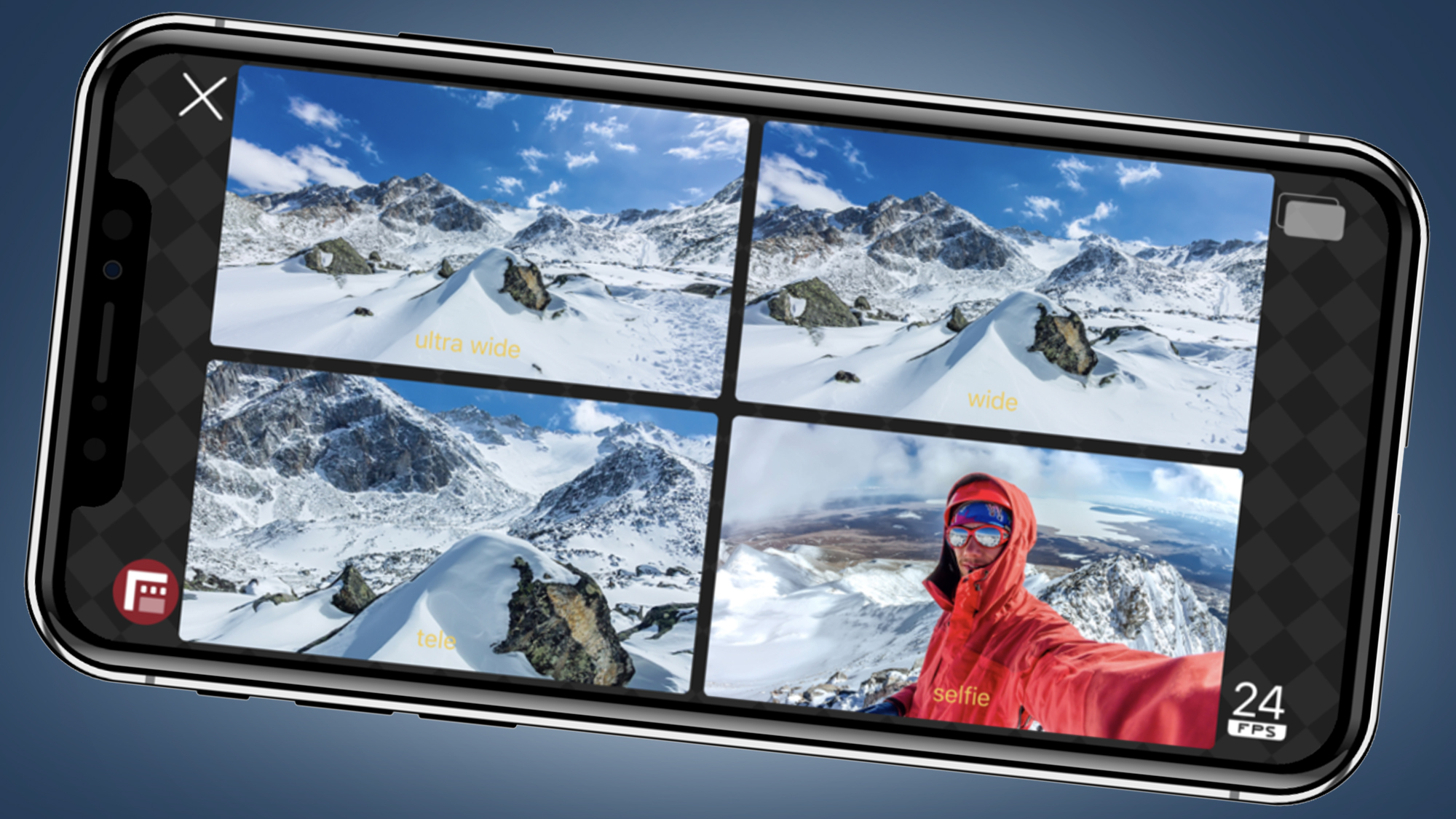
Nobody needs to shoot 8K videos on a smartphone. Not only are there limited ways to watch clips at this resolution, but they're also a pain to edit and store. This doesn't mean that an 8K video mode, which will seemingly arrive on the iPhone 14 Pro and Pro Max thanks to their 48MP sensors, would be pointless.
One of the few benefits of shooting in 8K is that it's possible to crop into your footage while retaining 4K resolution. This 'reframing' technique is often used in talking-head interviews to create alternate angles or jump cuts from a single lens. While trickier to achieve with a small smartphone sensor, it's possible Apple could use this resolution to help you create some similar, automated video edits.
The Filmic app's 'DoubleTake' mode already creates a similar effect using multiple iPhone cameras. At the very least, we'd like to see an equivalent of Adobe Premiere Pro's 'Auto Reframe' feature, which identifies the action in your video and auto-crops it for different aspect ratios – handy if you need to post on YouTube, TikTok and Instagram.
4. A bigger main sensor
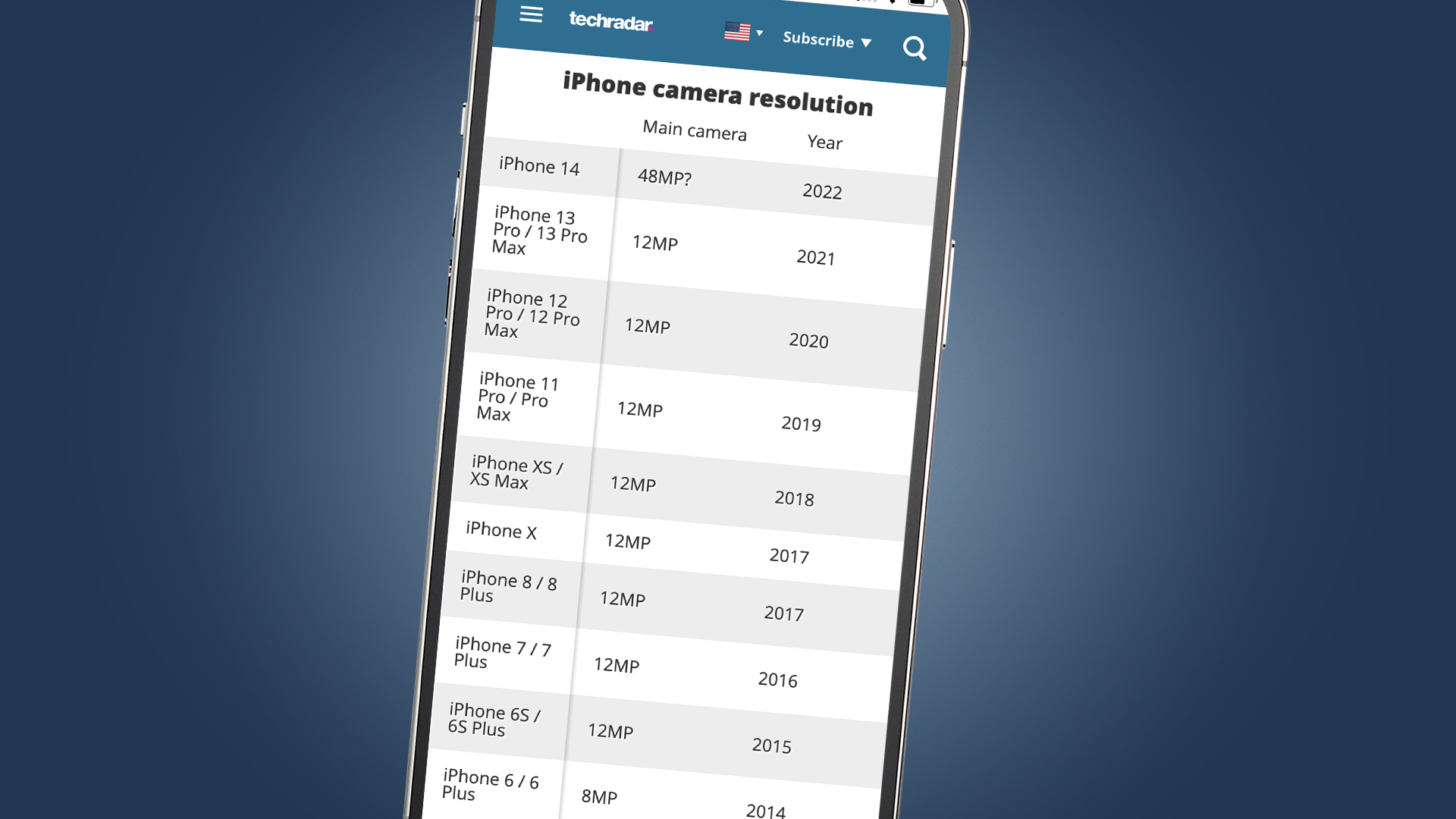
To be honest, we're a little concerned about the iPhone 14 Pro's rumored move to a 48MP main sensor. This is a big change, being the first time in seven years that Apple will have switched from the 12MP resolution that's served its iPhone so well. And it brings challenges that'll no doubt have given its camera engineers some late nights.
Cramming a lot of pixels onto a small sensor has traditionally been a bad idea. Smaller individual pixels create more noise, which often obscures the extra detail you get from the higher resolution. Some recent leaks have suggested that there have indeed been teething problems, with 'Night mode' apparently having "some issues" to overcome (according to @LeaksApplePro).
But this is only hearsay, and there are good reasons to believe the jump to 48MP resolution will be successful. First, Apple doesn't have a history of making rash, ill-advised changes to the iPhone's camera. Also, reliable analysts like Ming-Chi Kuo have predicted that the iPhone 14 Pro's main camera sensor will be around 57% larger than the one in the iPhone 13 Pro. This means that by pixel binning (combining four pixels into one), its 12MP images should also be a step up from today's flagships.
5. A genuinely 'Pro' photo mode

Apple's flagship iPhones have long been 'Pro' by name, but less so when you look at their default Camera app. We understand the need to retain a point-and-shoot experience for most people, but it wouldn't hurt to create an optional 'Pro' mode in the stock app for more advanced shooters.
Apple inched towards this with the Apple ProRaw format that debuted on the iPhone 12 Pro, which gives extra editing leeway in apps like Lightroom. But it'd be great to see some of the options available in apps like Halide Mark II (above), such as the ability to simultaneously shoot ProRaw and HEIC files, or seeing guides like histograms and zebras for manual focusing.
Failing that, could Apple be about to introduce a dedicated astrophotography mode in its Camera app? While Apple's starry 'Far Out' invite would suggest this, we think it's referring to the rumored inclusion of satellite connectivity for emergency texts when you're out of cellular range. Apple tends to leave specialty photography effects to third-party apps. But given the superiority of Pixel cameras in the astro department, we're open to being pleasantly surprised.
6. Free iCloud Photos storage
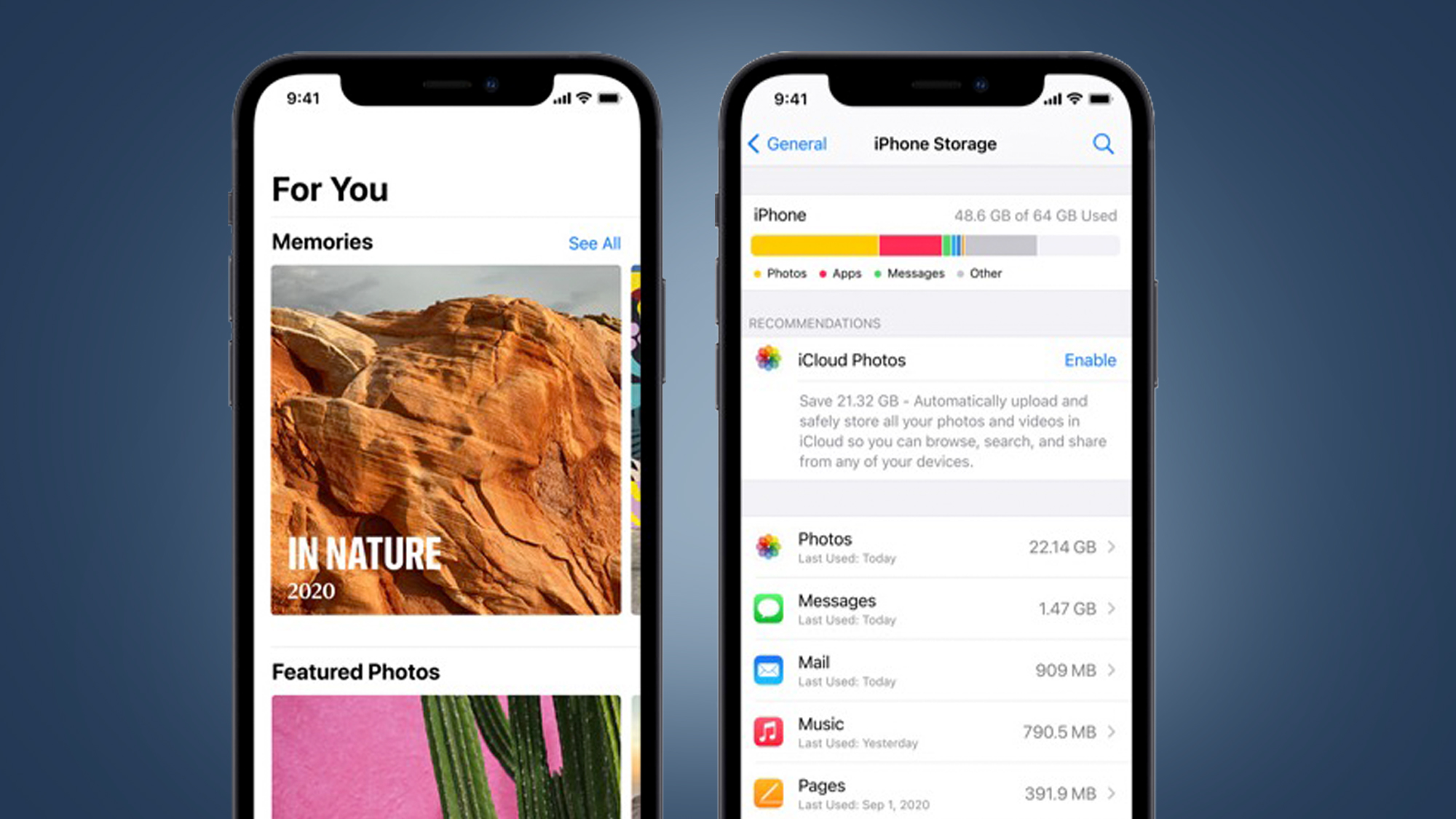
Google Photos unlimited free storage may now be history, but the service still provides 15GB of photo storage before you have to start shelling out for a subscription. This makes the 5GB limit on Apple's iCloud Photos look pretty pitiful. As a result, most iPhone users are familiar with the 'Your iCloud storage is full' message.
Could the world's most valuable company possibly use the iPhone 14 launch to announce a more generous free limit? It'd certainly be a big PR win now that our bank accounts are under siege from soaring bills, and it would give more people a reason to switch to iCloud Photos.
On the other hand, this idea may struggle to get past Apple's well-drilled bean counters, and history suggests that relaxing iCloud's storage limits isn't particularly high on the company's agenda.
7. An upgraded ultra-wide camera
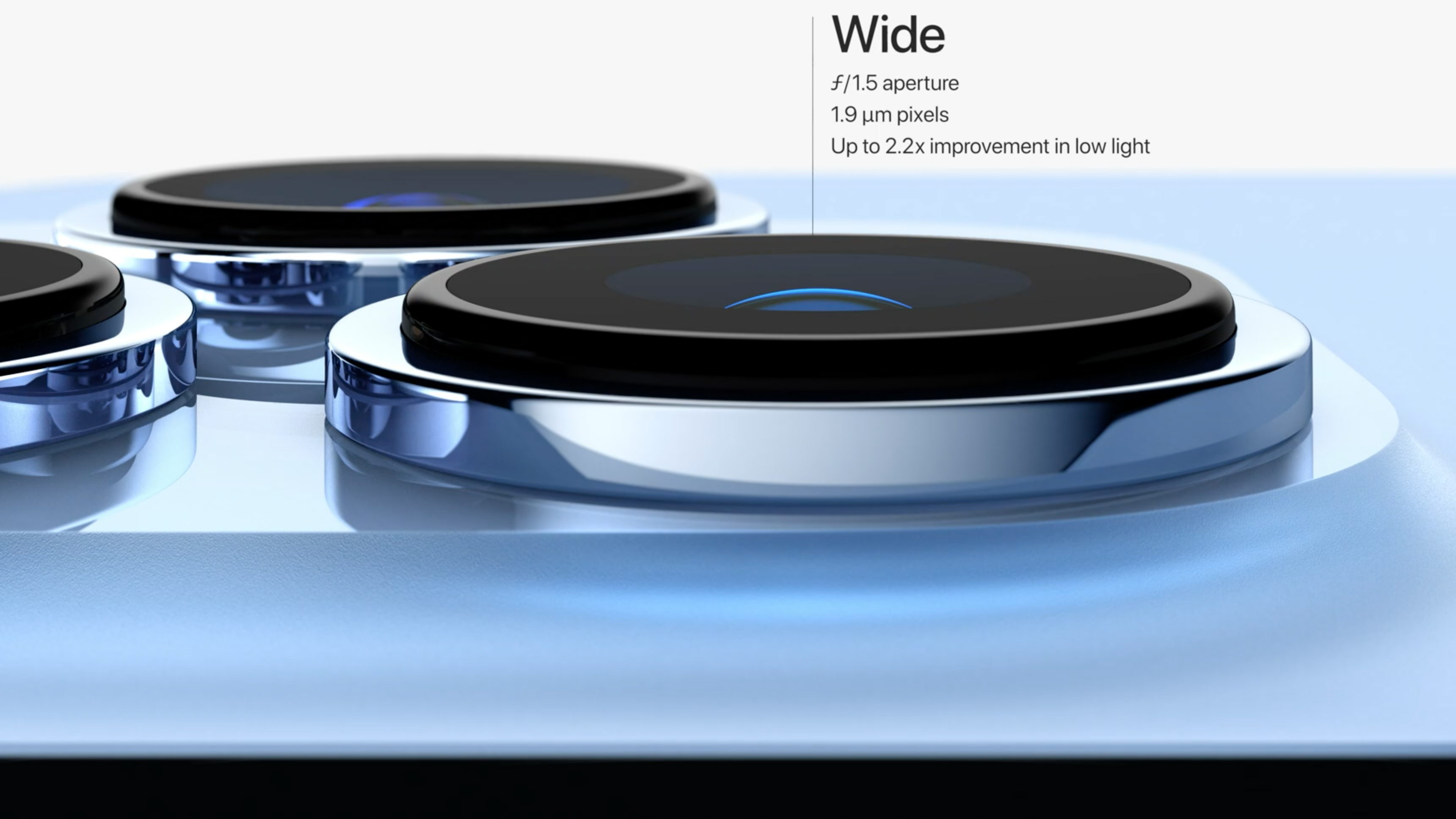
While it comes down to personal taste, our least-used iPhone camera is probably the ultra-wide. That might just change on the iPhone 14 Pro and Pro Max, though, if recent rumors are to be believed.
According to the reliable analyst Ming-Chi Kuo, the two new flagships will get ultra-wide cameras with larger 1.4µm pixels than the current models, whose equivalent cameras only have 1.0µm pixels.
This won't necessarily help you take better wide-angle photos, which is a tricky skill to master given how much a 13mm lens brings into the frame. But it should substantially improve their low-light performance, as larger pixels capture more light. Combine that with Night mode, and we might just be pressing that '.5' button, which opens the ultra-wide camera, a little more often.

Mark is TechRadar's Senior news editor. Having worked in tech journalism for a ludicrous 17 years, Mark is now attempting to break the world record for the number of camera bags hoarded by one person. He was previously Cameras Editor at both TechRadar and Trusted Reviews, Acting editor on Stuff.tv, as well as Features editor and Reviews editor on Stuff magazine. As a freelancer, he's contributed to titles including The Sunday Times, FourFourTwo and Arena. And in a former life, he also won The Daily Telegraph's Young Sportswriter of the Year. But that was before he discovered the strange joys of getting up at 4am for a photo shoot in London's Square Mile.